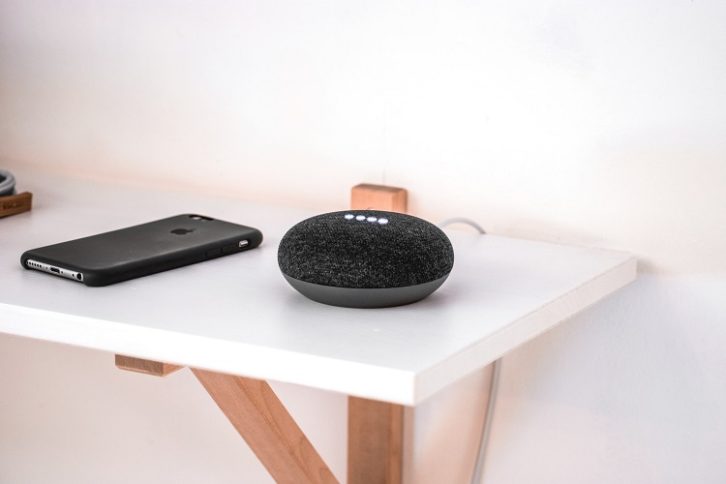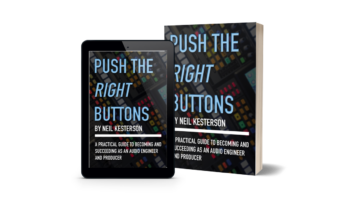
The author of this commentary is CEO and founder of AdTonos.
Audio is an innately powerful and personal medium that delivers the soundtrack to consumer lives.

When listeners tune in to their favorite radio stations, they build trusted relationships with presenters — feeling like they’re being spoken to directly. When music is streamed, keen subscribers can access meticulously curated playlists full of meaning and memories. And when a podcast is carefully selected, the audiences’ personal knowledge expands.
As we move deeper into 2021, audio is in the midst of an interactive transformation that will ensure the listening experience is even more personal and engaging.
Spurred on by the increased adoption and acceptance of voice assistants and smart speakers, this presents an exciting opportunity for advertisers to truly connect with listeners at a one-to-one level.
The acceleration of audio interactivity
Listening to audio is no longer a passive activity as consumers are increasingly comfortable integrating their voice assistants and smart speakers into their everyday lives. A Juniper report revealed that consumers are expected to interact with voice assistants on 8.4 billion devices across the globe by 2024, up from 4.2 billion at the end of 2020.
Smart speaker adoption is growing particularly quickly, indicating that users trust the technology and find it beneficial.
Worldwide smart speaker sales reached almost 147 million in 2019 — an increase of 70% on the previous year — and by 2027 the global smart speaker market is projected to be worth an impressive $19 billion. In the U.K., more than a quarter of consumers already own a smart speaker, and this proportion looked set to grow over the 2020 Christmas period, with almost 20% of people planning to gift a digitally connected device. Whether it’s Amazon’s Echo, Google’s Nest or Apple’s HomePod, smart speakers are becoming an accepted feature of the modern home.
Smart speakers and voice assistants can respond — in a conversational manner — to hundreds of different commands, meaning audio is gaining a strong sense of utility for users. Asking Siri for an update on lockdown restrictions or instructing Alexa to play a favorite radio show is no longer a novelty, but a practical and productive use of established technology.
And the audio landscape is set to develop in more complex ways, with a view to provide smart speaker users with greater flexibility, such as booking doctors’ appointments, purchasing event tickets or adding items to shopping lists.
Initiating two-way communication
Audio interactions are still largely initiated by the user, however with advances in artificial intelligence and machine learning, as well as the connectivity promised by the arrival of 5G, the potential for smart speakers to start the conversation first isn’t far off.
We’re already seeing brands experiment with the potential of two-way communication. For example, interaction triggers within audio ads can be inserted into commercial radio content, inviting the listener to respond using a pre-defined voice invocation and initiating the process of interaction between voice assistant and listener.
We developed our YoursTruly technology to do exactly this and deployed it for the first time last year in partnership with Octave, for Omnicom Media Group’s PHD client, Audi.
[Read: “AdTonos Promotes Interactive Audio Ads”]
When played through a smart speaker, the first ad of a commercial break featured a verbal call-to-action, to which interested listeners had the ability to engage with the voice assistant to complete a specific task, such as booking a test drive, before the listener was returned to the live radio station.
Raising the bar for listener engagement
Interactive audio advertising not only allows brands to nurture one-to-one customer relationships and deliver highly engaging advertising experiences, it also delivers valuable measurement data. Brands are able to see precisely how users interacted with their audio messaging and compare campaign results with other digital marketing channels. Additionally, interactive advertising provides publishers with a new way to monetize content, making audio even more attractive as an advertising medium.
Audio is already an incredibly emotive and engaging channel. As adoption of smart speakers and voice assistants escalates, the sense of utility will become more established and new technologies will further enable true two-way communication, welcoming a new age of audio interactivity.
Comment on this or any story. Email [email protected].












